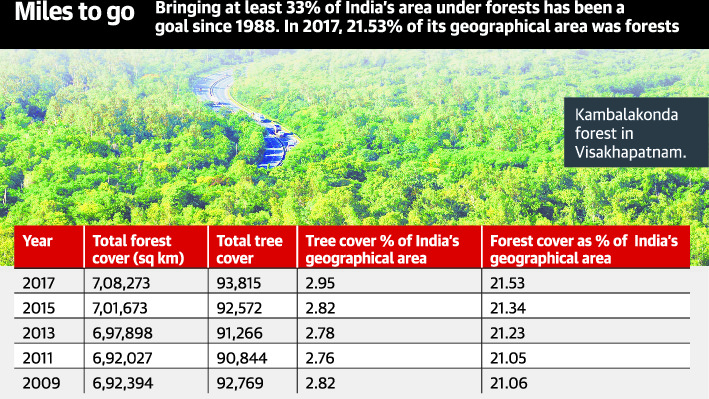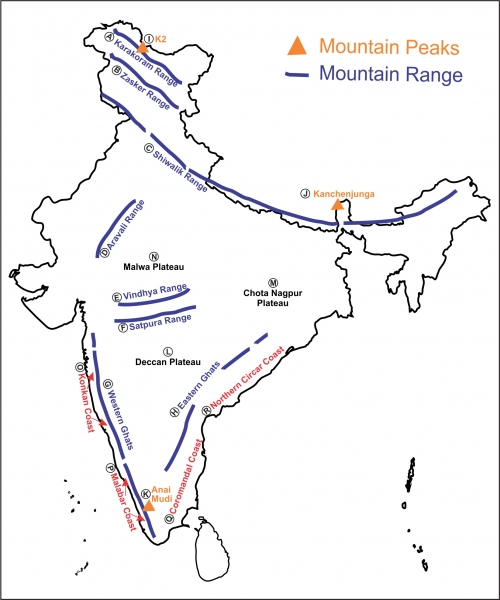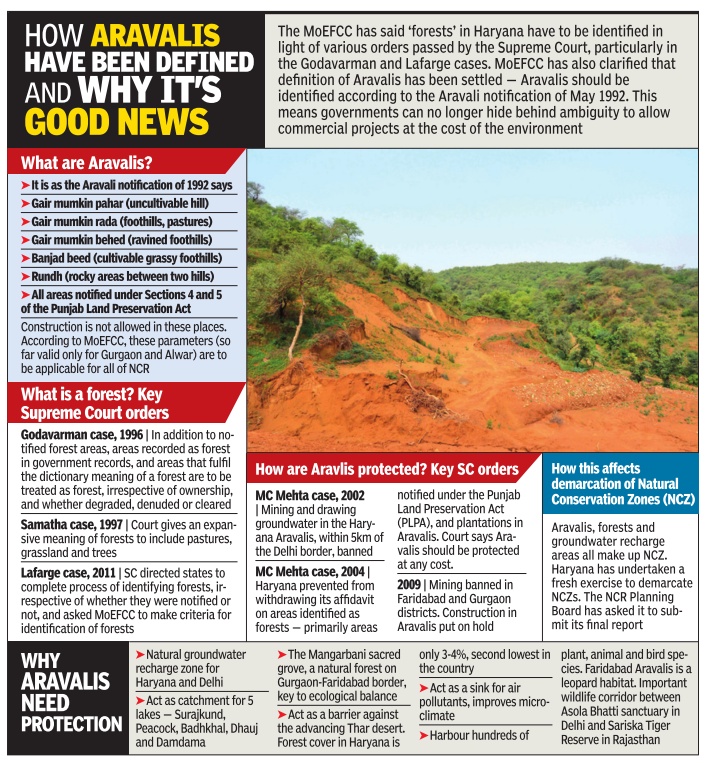IASbaba's Daily Current Affairs Analysis
IAS UPSC Prelims and Mains Exam – 9th March 2019
Archives
(PRELIMS + MAINS FOCUS)
Only 3.32 lakh MSME jobs created in last four years: CII survey
Part of: GS Prelims and Mains III – Indian Economy and issues related; Unemployment issues
In news:
According to Confederation of Indian Industry (CII) survey –
- The number of net jobs created in the Micro, Small and Medium Enterprises (MSME) sector in the last four years stood at just 3,32,394, which is 13.9% higher than the base four years ago.
- CII survey also indicated that 5,70,804 new jobs are likely to be created over the next one year, marking an increase of 21 per cent over the current employment base.
- The CII survey shows that micro enterprises were the largest job creators in the past four years and will continue to be so in the next three years. This holds true for both exporters and non-exporters.
- MSMEs growth is pivotal to jobs creation. Government initiatives such as 2 per cent interest subvention scheme, the Trade Receivables e-Discounting System (TReDS) and enabling ease of doing business needs to be promoted to MSMEs who are not taking benefit of these initiatives, it said.
Do you know?
- The top job generating sectors were hospitality and tourism followed by textiles, apparel and metal products.
- Machinery parts along with transport and logistics were the next significant job creators.
- The survey shows just three States — Maharashtra, Gujarat, and Telangana — accounted for over 50% of the jobs created in this period (2015-16 to 2018-19).
‘Do forest surveys separately’
Part of: GS Prelims and Mains III – Environment and Biodiversity; Protecting ecologically fragile areas
In news:
- A high-power committee constituted by the Ministry of Environment, Forest and Climate Change (MoEFCC) has recommended that forest surveys explicitly demarcate trees grown in forests from those grown outside (in plantations and private lands)
- Forest surveys are biennial exercise conducted by the government to estimate forest cover.
Do you know?
- Currently, the government counts both towards estimating the portion of India’s geographical area covered by forest.
- Independent critics have for long pointed out that including both isn’t an ecologically sound principle.
- India posted a marginal 0.21% rise in the area under forest between 2015 and 2017, according to the India State of Forest Report (SFR) 2017.
- India has about 7,08,273 sq. km. of forest, which is 21.53% of the geographic area of the country (32,87,569 sq. km.).
- Getting India to have at least 33% of its area under forest has been a long-standing goal of the government since 1988.
- The total tree cover, according to this assessment, was 93,815 sq. km. or a 2% rise from the approximately 92,500 sq. km. in 2015.

https://d39gegkjaqduz9.cloudfront.net/TH/2019/03/09/DEL/Delhi/TH/5_07/43a05378_2785628_101_mr.jpg
SC on ecologically fragile Aravali Hills
Part of: GS Prelims and Mains III – Environment and Biodiversity; Protecting ecologically fragile areas
In news:
- Supreme Court cautioned the Haryana government against doing “anything” to harm the ecologically fragile Aravali Hills.
- The court has threatened the Haryana government with contempt if it went ahead with the amendments virtually allowing massive scale of construction in the Aravali Hills.

Do you know?
- SC had passed series of orders over the years to protect the Aravali and Shivalik ranges from builders and indiscriminate mining.
- Once lush Aravali region is devastated after years of indiscriminate and illegal mining.
- The Forest Survey of India (FSI) reported continued illegal mining at more than 3,200 sites in Aravali.
- The degradation of the Aravalis on such a huge scale is also eroding its ability to act as a green barrier against the creep of the Thar Desert towards the highly fertile plains of Punjab, Haryana and Delhi.
- The Aravali range needs to be conserved because it is a rich biodiversity hotspot, hosting many rare species of flora and fauna.
- Several rivers and rivulets, including the Sabarmati, Luni, Chambal and Krishnavati, originate here.

Pic: http://indpaedia.com/ind/images/9/91/What_are_the_Aravalis%3F_II.jpg
UIDAI to levy fees for verification
Do you know?
- Aadhaar authentication services to be charged soon.
- Business organisations will now need to shell out ₹20 for each customer verification and 50 paise for authentication of each transaction done using Aadhaar, according to a notification by the Unique Identification Authority of India (UIDAI).
- Government entities and the Department of Posts will be exempt from authentication transaction charges.
- Banks are also exempted from charges.
(MAINS FOCUS)
WOMEN ISSUE
TOPIC:
General Studies 1
- Role of women and women’s organization, women related issues, Social empowerment
General studies 2:
- Mechanisms, laws, institutions and Bodies constituted for the protection and betterment of these vulnerable sections.
Women Safety still a distant dream
Context:
- In previous day’s DNA we read about issues with Sexual Harassment at the Workplace Act and UN strategies to deal with sexual harassment.
- In below article, we will see why women safety is still a distant dream.
According to a study conducted by Thomson Reuters Foundation (in 2018) –
- India is ranked as the most dangerous place because of its high incidences of sexual violence, lack of access to justice in rape cases, child marriage, female feticide and human trafficking.
- India outranked countries like Syria (2nd) and Afghanistan (3rd) that are currently at war.
- India had topped the list because its government has done little to protect women since the controversial rape and murder of a young student in 2012 which prompted widespread outrage and changes in the country’s rape laws.
- Gang rapes are reported day in, day out.
- India has miserably failed to provide the most basic right to women and girls — the right to live in a safe environment.
Concerns:
- Physical mobility is the primary and first capability that enables an individual to avail opportunities, enhancing his/her chances of moving ahead in life. Studies have confirmed that in comparison to boys, our girls have extremely low access to these opportunities, be it in education, technology, employment or life skills.
- A number of girls after being sexually violated by their close relatives or strangers fail to lead a ‘normal’ life, both sexual and social. Such is the damage caused by these heinous acts that it is often irreparable, leaving the victim mentally paralysed for life.
- Not only the poor victim, but also her parents and siblings get labelled and stigmatised by the community at large for generations to come.
- The moment a girl is sexually violated, the process of ‘shaming’ her and her family begins, making it often unbearable for them, too intimidating to fight the case.
- Ironically, the victims or their relatives commit suicide, while it is the rapists who should be killing themselves.
- A rape trial happens to be more traumatic for the victim and her family than for the offender and his kin.
Crux – Failure with gender sensitization
- It indicates that masculinity continues to draw its meaning from holding power over the female body, either within the home or outside.
- Our legal deterrents have failed to scare away the rapists.
- The Criminal Amendment Act of 2013 has failed to make people realise that ‘staring’ and ‘stalking’ a girl amount to threatening her, which is a criminal offence.
- Focus should be on boys and men, who continue to live with a feudal mindset, with the rotten ideas of masculinity and femininity, which have become obsolete.
- A society that tolerates persistent sexual violation of its daughters can certainly not be called developed, nor can it claim to be a great society with a rich cultural heritage.
We have terribly failed in providing a safe environment to our girls and women, and that is a reality which negates all the tall claims of gender equality in education, employment and politics.
Connecting the dots:
- The status of women in India had been declining from ancient to medieval times – before promotion of equal rights by various reformers. But even today, women face inequality and subjugation. Do you agree? Critically comment.
- Discuss the provisions in the Indian Constitution to safeguard women’s rights. Also examine why there is a need for a National Policy for Women?
NATIONAL/DIASPORA
TOPIC: General Studies 2
- Effect of policies and politics of developed and developing countries on India’s interests, Indian diaspora.
Draft Emigration Bill 2019
Context:
- The below article deals with the draft Emigration Bill 2019 which was recently released by the ministry of external affairs (MEA) and is currently pending for parliamentary approval.
Do you know?
-
- The draft Emigration Bill proposes a new legislative framework for matters related to emigration of Indian nationals.
- It is set to replace the extant one under the Emigration Act of 1983.
- The intention of replacing the old Act is consistent with the government’s effort to weed out anachronistic laws and update them in line with modern conventions.
- India is among a handful of countries that has explicit legislation for promoting emigration.
Adhering to SDG goal
- The United Nations’ “2030 Agenda for Sustainable Development” has for the first time recognized migration as a core element of the global development agenda, and has set several targets that relate to it.
- These cover student mobility, human trafficking and exploitation, labour migration and employment, migration governance, remittances and migration data.
Therefore, the new legislation aims to draw up appropriate regulations that would conform to the contemporary global agenda on these matters.
Why the new emigration bill is important?
- As mentioned above, it helps to weed out anachronistic laws and update them in line with modern conventions.
- Conform to SDG goals and draw up appropriate regulations.
- Since 1983, there has been a structural shift in the quantum, nature, pattern and direction of emigration from India. Therefore, the 1983 Act falls short in addressing the wide geo-economic, geo-political and geo-strategic impact that emigration has today.
- The government’s attitude towards international migrants has changed over time. From labelling NRIs as “non-required Indians” at the height of the “brain drain” in the 1970s and 1980s to addressing them as “India’s brand ambassadors” and “symbols of our capacities and capabilities”. The proposed bill, with its thrust on strengthening the institutional framework for emigration management, affirms that shift in outlook.
Do you know?
- As per the latest World Migration Report published by the International Organization for Migration, India features as the largest country of origin for international migrants (about 30 million in 2017); the largest recipient of remittances (about $80 billion or ₹5.6 trillion in 2018); and figures in five of the top 20 migration corridors from Asian countries.
The draft bill proposes a three-tier institutional framework –
- With the MEA as the nodal ministry.
- At the top, a central Emigration Management Authority (EMA) has been proposed for policy guidance and supervision.
- In the middle, a Bureau of Emigration Policy and Planning, and a Bureau of Emigration Administration shall handle day-to-day operational matters and oversee the welfare of emigrants.
- At the bottom, nodal authorities in states and union territories shall coordinate aspects of management related to both emigrants and returnees.
This could allow vertical policy coherence on emigration matters—particularly in promoting and managing safe, orderly and regular emigration.
Conclusion:
For the Indian diaspora, it is a welcome sign. The Emigration Act of 1983 had many anomalies like not being migrant-friendly and was not representative of the the multi-layered immigration problems and challenges.
Well-managed migration brings development to both India and the countries of destination. In this perspective or guiding principle, the new comprehensive migration Act should be developed.
Connecting the dots:
- Discuss why there is need for a Comprehensive Migration Management Act that can address every aspect of the exploitation of migrant workers.
- What are the most pressing problems being faced by India’s diaspora across the world? Analyse.
(TEST YOUR KNOWLEDGE)
Model questions: (You can now post your answers in comment section)
Note:
- Featured Comments and comments Up-voted by IASbaba are the “correct answers”.
- IASbaba App users – Team IASbaba will provide correct answers in comment section. Kindly refer to it and update your answers.
Q.1) Consider the following statements about Trade Receivables Discounting System (TReDS)
- It is a digital platform where small businesses (MSMEs) can get access to capital by auctioning their trade receivables.
- Only MSMEs can participate as sellers, while banks, non-banking financial companies and factoring companies are permitted as financiers.
Select the correct statements
- 1 Only
- 2 Only
- Both 1 and 2
- Neither 1 nor 2
Q.2) Consider the below statements with regard to Forest Survey of India (FSI):
- It is involved in forest cover assessment of the country on biennial basis.
- Assessment of tree cover outside forests is not part of the activity of FSI.
Which of the statements given above is/are correct?
- 1 only
- 2 only
- Both 1 and 2
- Neither 1 nor 2
Q.3) Consider the following statements:
- A wildfire is a fire in an area of combustible vegetation that occurs in the countryside or rural area.
- It is caused only by anthropogenic means.
- 50% of forest area in India is fire prone.
Which of the above statements are correct?
- 1 and 2
- 2 and 3
- 1 and 3
- All of the above
Q.4) According to the National Forest Policy of India, how much land area should be under forest cover?
- 24%
- 33%
- 15%
- 50%
Q.5) On the basis of prominent relief features consider the following statements on Central highlands
- The Satpura range lies to the eastern most end of the Central Highlands
- The Central Highlands are bounded to the North-West by the Aravali range.
- Central Highlands are wider in the West but narrower in the East.
Which of the following statements(s) is/are correct?
- 1 and 2 only
- 2 and 3 only
- 1 only
- 3 only
Q.6) Which one of the following mountain ranges is spread over only one State in India?
- Satpura
- Aravalli
- Sahyadri
- None of the above
Q.7) Which of the following statements are correct regarding the ‘Aravalli’ ranges of India?
- It is the oldest block mountain range of India
- It is highly denuded because of erosion.
- The highest peak of Aravallis is Guru Shikhar
Select the code from below:
- 1 and 2
- 2 and 3
- 1 and 3
- All of the above
Q.8) Which of the following mountain ranges is/are folding mountain ranges?
- Aravalis
- Himalayas
- Western Ghats
- Eastern Ghats
Select the code from following:
- 2 only
- 1 and 2
- 3 and 4
- 1, 2 and 4
MUST READ
A peace movement is needed
Strange turn: on SC’s order regarding Ayodhya dispute
Road through Rome?
A slim chance: On Ayodhya dispute
The road to a closure: On Ayodhya dispute
The Delta 32 effect
Misuse of economic data











